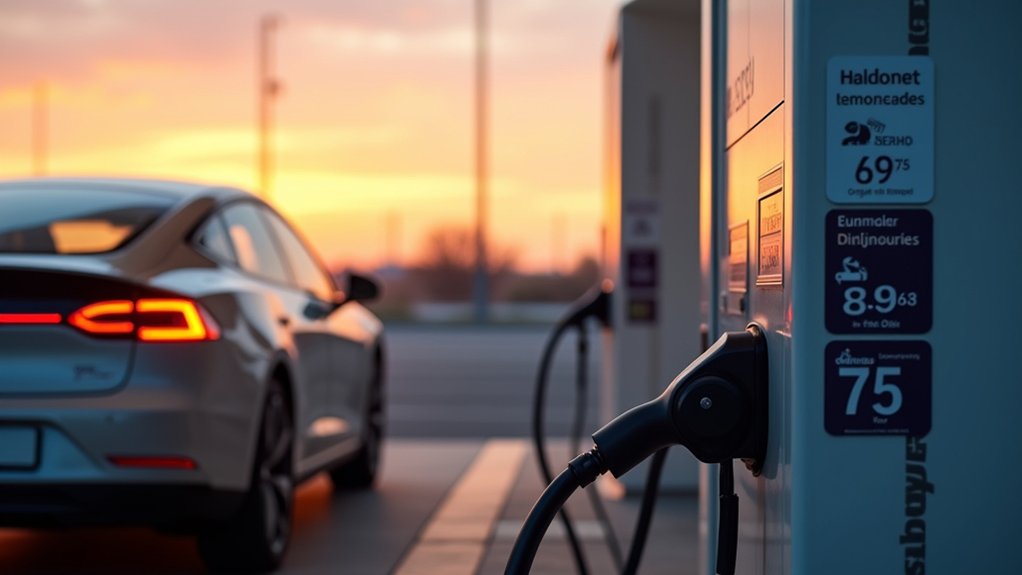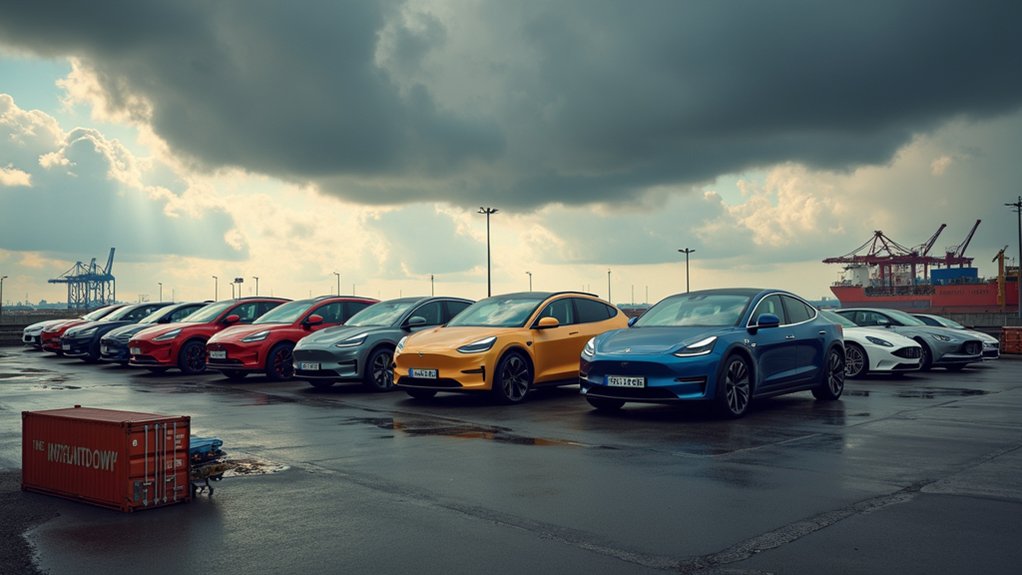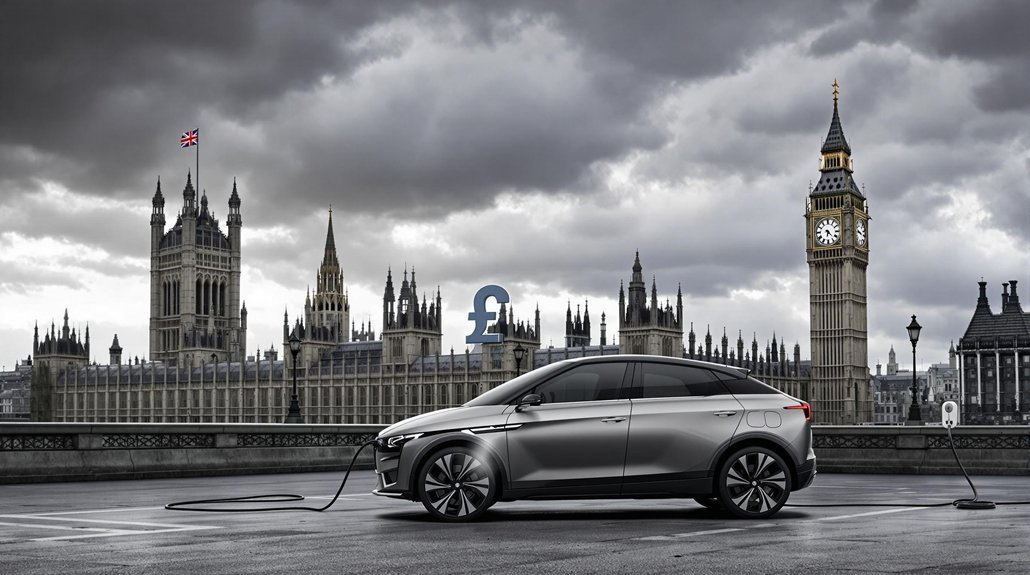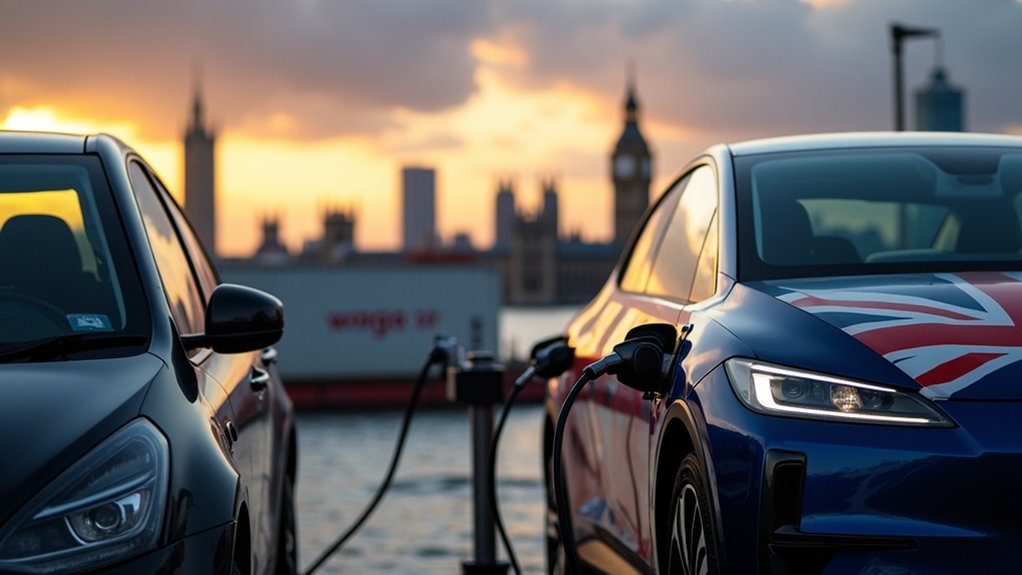While traditional vehicles continue to dominate American roadways, electric vehicles are steadily gaining market share thanks to an evolving ecosystem of government incentives. Federal tax credits ranging from $3,700 to $7,500 form the backbone of these perks, with state-level rebates, HOV lane access, and tax exemptions layering additional value for consumers.
These financial incentives weren’t designed as permanent fixtures, yet their continued extension and expansion through legislation like the Inflation Reduction Act signals their importance to the EV evolution.
Government subsidies for electric vehicles reveal their paradoxical nature: temporary by design yet increasingly permanent through policy extension.
The impact on affordability cannot be overstated. By greatly reducing effective purchase prices, these incentives have helped EVs progress from niche curiosities to mainstream transportation options. New York’s Drive Clean Rebate program alone has generated tens of thousands of claims, demonstrating consumer responsiveness to price reductions. The program provides monthly updates on rebate statistics, allowing stakeholders to track adoption trends with current data.
Market data confirms that sales typically surge when new incentives appear and wane when support diminishes—a pattern that raises legitimate questions about market sustainability.
Manufacturers have built business models around these government supports. The 200,000-vehicle cap on federal credits has already affected some pioneering brands, forcing strategic recalibrations. These incentives primarily target all-electric vehicles with their 150 to 400 miles driving range capability, making them more competitive against conventional vehicles.
I’ve observed automakers increasingly adjusting production locations and supply chains to maintain eligibility under tightening domestic content requirements. This symbiotic relationship between policy and production demonstrates the market’s current dependence on regulatory intervention.
International models provide instructive comparisons. Germany’s €1 billion program with €4,000 subsidies represents a thorough approach, combining vehicle incentives with charging infrastructure investments.
These dual-track strategies acknowledge the chicken-and-egg problem of adoption and infrastructure.
Consumer behavior research reveals persistent price sensitivity despite growing environmental awareness. The complexity of eligibility criteria—involving income limits, vehicle price caps, and manufacturing origins—creates market confusion that hampers adoption. Consumers must navigate strict income restrictions that exclude individuals earning above $150,000 and joint filers over $300,000 from federal incentives.
Given these realities, the EV market would likely contract greatly without government support, though decreasing battery costs and expanding charging networks are gradually improving the value proposition.
The evolution’s pace, consequently, remains tightly linked to policy stability and government commitment.









